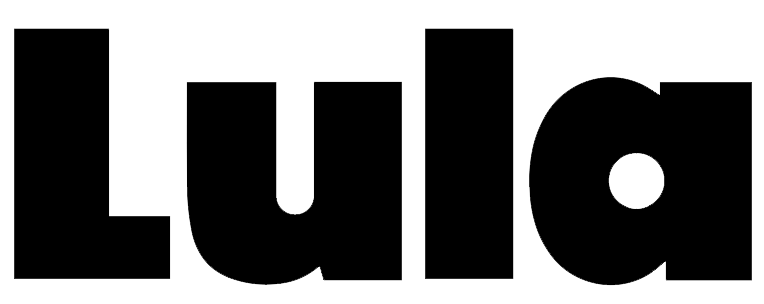Tired of Leaking While Breastfeeding? 7 Hacks to Stay Dry
Girl, we don’t need to explain what this is… it’s inconvenient, that’s what it is!
And those who don’t leak at all… you lucky sons of guns!
Leaking is a normal part of breastfeeding, especially in the early weeks. It can happen:
-
In the morning when breasts are fullest
-
From the opposite breast during feeds
-
When hearing or thinking about your baby
-
In the shower or other warm environments
-
If a feed or pumping session is delayed
We’ve put together a few methods with their Pros and Cons so it’s easier for you to decide what will suit you best — and keep your nursing tops and nursing bras dry and comfy.
Disposable Breast Pads
Single-use absorbent pads placed inside your nursing bra to catch leaking milk.
Pros:
-
Thin and discreet
-
Convenient to carry
-
No washing needed
-
Hygienic
-
Semi-breathable
-
Most have a sticky backing to stay in place inside your bra
Cons:
-
Must be changed often, so you’ll need a lot of them
-
Can feel sweaty
-
Ongoing cost
-
Less eco-friendly
-
May develop a milk odor
Best For: Daytime, outings, or when you need a quick change. Keep a few extra pairs in your diaper bag or purse.
Washable Breast Pads
Reusable fabric pads placed inside your maternity or nursing bras and washed after use.
Pros:
-
Soft and breathable
-
Cost-effective over time
-
Eco-friendly
Cons:
-
Need frequent washing, so you’ll need several pairs to rotate
-
Can feel bulkier
-
Must air-dry completely to avoid mildew
-
May develop a milk odor
-
Many have a water-resistant backing which stops leaks but also prevents your skin from breathing and recovering
-
No sticky part, so they may slide away from your nipple — only for you to realize you’re soaked again
Best For: Daytime at home for comfort and sustainability.
Silicone “Pressure” Pads (non-absorbent)
These create gentle pressure over the nipple to stop leaks and keep your nursing tops spotless.
Pros:
-
Completely invisible
-
Prevents milk stains
-
No milk odor
Cons:
-
Not breathable
-
Can trap moisture
-
Risk of thrush or mastitis if worn too long
-
Best only for occasional use (e.g., special events)
Best For: Special occasions or short outings — perfect when wearing a slip dress where regular breast pads would show.
Applying Gentle Pressure Yourself
Gently press your arms across your chest if you feel let-down coming.
Pros:
-
No equipment needed
-
Immediate result
Cons:
-
Temporary
-
May cause blocked ducts if done too often
Best For: Sudden let-down in public when you’re completely unprepared.
Silicone Milk Collectors / Catchers / Containers
Used to catch leaking milk from one breast while breastfeeding on the other.
Pros:
-
Collects milk you can later freeze
-
Reduces mess
Cons:
-
Gentle suction may increase supply if used too often
-
May cause nipple soreness
-
Needs thorough cleaning
-
More suitable for a home environment, where you have time and space to deal with stashing extra milk
Best For: Feeding sessions at home.
Pumping to Comfort
If breasts are very full, pump or hand-express a small amount before or between feeds.
Pros:
-
Relieves engorgement and pressure
-
Helps prevent mastitis
Cons:
-
Over-pumping may increase supply and worsen leaking
-
Takes time
-
Not very discreet in action
Best For: Feeding sessions at home.
🌙 Clothing Strategies
Daytime
Wear loose tops and layers. Patterns or dark colors work well to hide wet milk stains (though dried stains can leave white outlines).
Light colors hide dried milk stains better, but wet patches will be more visible.
Pair a nursing bra under a flowy nursing top for easy feeds while still camouflaging leaks.
Carry a spare jacket or scarf to cover any surprise spots.
Pros: Hides leaks and stains
Cons: Doesn’t stop leaks, only disguises them
Nighttime
Wear a soft, breathable nursing bra or nursing sleep top with breast pads while sleeping.
Pros:
-
Prevents soaked clothes and sheets
-
Keeps pads in place
-
Allows your breasts to breathe and recover from daytime stimulation
Cons:
-
May feel constricting to sleep in (but not in our nursing tops — ours are perfect 🙂)
Bedtime Strategies
Place a towel under you or use a mattress protector on your bed.
Pros: Protects bedding from milk stains (from you or your baby’s reflux)
Cons: Doesn’t keep you dry, only your bed
Examples: Folded towel, waterproof underlay, or mattress protector
🧴 Hygiene and Skin Care
-
Change damp pads quickly to avoid thrush or skin irritation
-
Let nipples air-dry for a few minutes daily to keep skin healthy
-
Wash reusable pads and collectors in hot water and air-dry fully
-
If you see cracked skin, use your own expressed milk as a nipple balm

